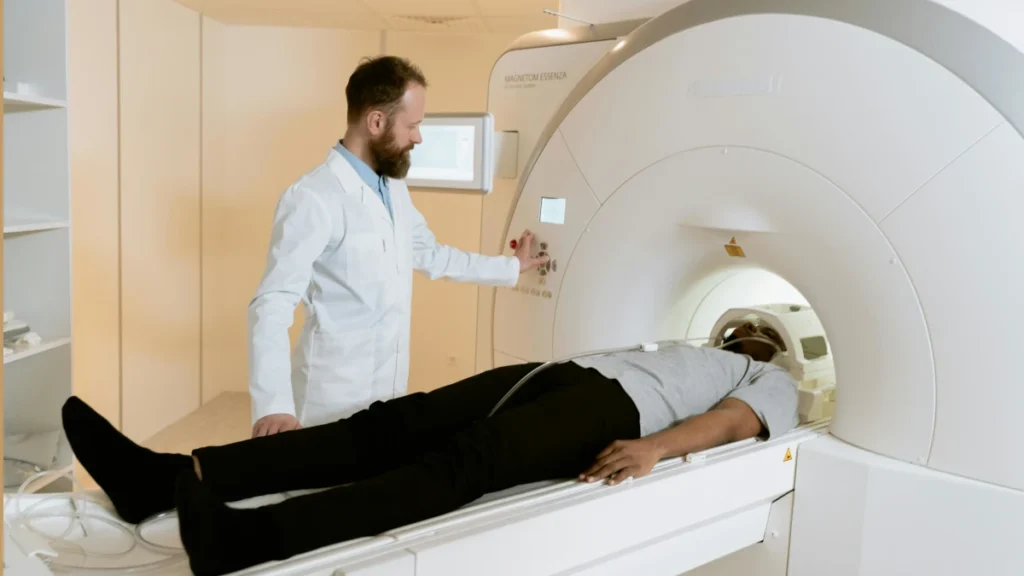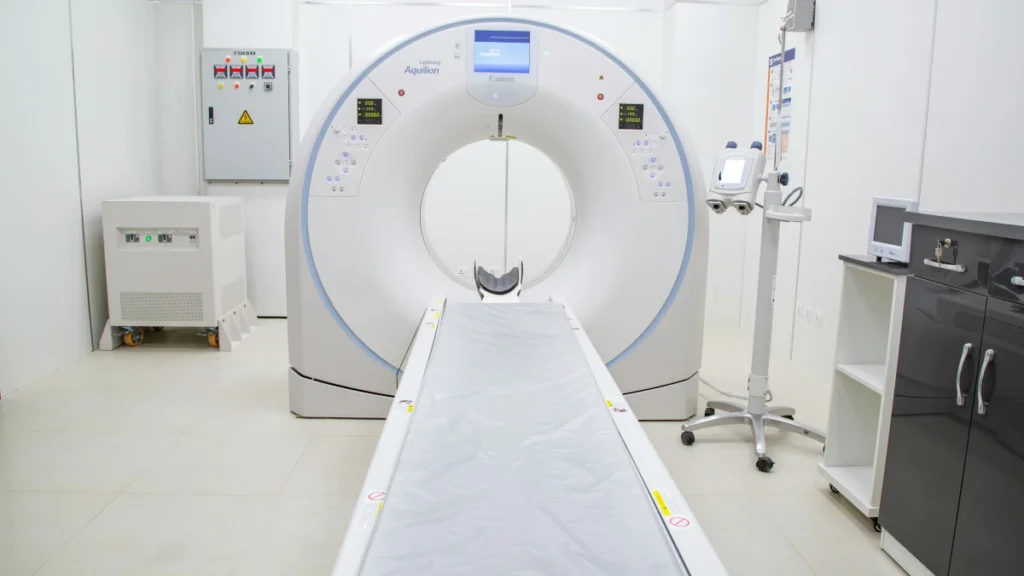What You Should Know About Motor Neurone Disease (MND): A Complete Guide
How Motor Neurone Disease Affects the Body

Motor Neurone Disease (MND), also known as Amyotrophic Lateral Sclerosis (ALS), is a rare but serious condition that affects the nerves controlling muscles. These nerves, called motor neurons, gradually stop working over time. As they weaken, muscles become smaller, making it harder to move, speak, or even breathe.
This guide explains MND in simple terms — from its causes and symptoms to diagnosis, treatment, and ways to manage life after diagnosis. Whether you’re a patient, caregiver, or simply someone seeking knowledge, this article provides all the essential information you need to understand this life-changing disease.
What Is Motor Neurone Disease (MND)?
Motor Neurone Disease is a progressive neurological condition. It damages the motor neurons — the cells that carry messages from the brain and spinal cord to the muscles. When these neurons stop functioning, the muscles gradually waste away.
Over time, people with MND lose control of their voluntary movements, but the disease doesn’t affect intelligence or senses like vision or hearing. Although there is no cure yet, early diagnosis and proper management can help slow its progress and improve quality of life.
Causes and Risk Factors
Scientists are still studying why MND develops, but several factors seem to play a role.
1. Genetic Factors
About 5–10% of MND cases are inherited. Specific gene mutations, such as C9orf72 or SOD1, are known to cause familial MND.
2. Environmental Factors
Exposure to certain toxins, heavy metals, or pesticides may increase risk. Military veterans and people working in chemical environments show slightly higher chances of developing MND.
3. Age and Gender

MND mainly affects people aged between 50 and 70, though it can appear earlier. Men are slightly more affected than women.
4. Lifestyle and Other Conditions
Smoking, head injuries, and viral infections have been linked with higher risk, though evidence remains limited.
Also Read: What You Need to Know About Lyme Disease in 2025
Early Symptoms of MND
The symptoms of MND often start subtly and worsen over time. Recognizing them early can make a big difference.
- Muscle weakness in the arms, legs, or hands
- Cramps and twitching (fasciculations)
- Difficulty speaking or swallowing
- Slurred speech
- Unexplained weight loss
- Problems with walking or climbing stairs
- Fatigue and stiffness
These symptoms may begin on one side of the body and gradually spread. Because MND shares signs with other conditions, only medical tests can confirm diagnosis.
How Is MND Diagnosed?
There is no single test for MND. Doctors use a combination of medical history, physical exams, and neurological tests.
Common diagnostic tools include:
- Electromyography (EMG): measures electrical activity in muscles.
- MRI Scans: rule out other conditions.

- Blood and urine tests: check for infections or imbalances.
- Genetic testing: identifies inherited mutations.
A neurologist will combine results from these tests before confirming MND.
💊 Treatment Options
While there’s no cure yet, treatments can manage symptoms and slow progression.
1. Medication
- Riluzole (Rilutek): slows damage to motor neurons.
- Edaravone (Radicava): reduces oxidative stress in nerve cells.
- Muscle relaxants: help reduce cramps and stiffness.
2. Physical Therapy
Exercise and stretching maintain flexibility, reduce stiffness, and prevent muscle shortening.
3. Speech and Occupational Therapy
Speech therapists assist with communication tools, while occupational therapists help patients adapt daily activities and home environments.
4. Nutritional Support
As swallowing becomes difficult, nutritionists recommend high-calorie meals or feeding tubes to maintain weight and strength.
5. Breathing Assistance
Devices like non-invasive ventilation (NIV) support breathing as respiratory muscles weaken.
Living With Motor Neurone Disease
A diagnosis of MND changes life drastically, but support and proper care make a big difference.
- Stay Active: Light exercises keep joints flexible and muscles strong.
- Eat Well: Balanced nutrition supports energy levels.
- Join Support Groups: Sharing experiences helps reduce stress and isolation.
- Plan Ahead: Work with healthcare professionals to manage daily activities and emotional well-being.
Emotional and mental health care is as important as physical management. Counseling can help both patients and families cope.
Research and Hope for the Future

Medical research on MND is growing rapidly. Scientists are exploring gene therapy, stem cell treatments, and new drugs that target neuron protection. Organizations worldwide, such as the ALS Association, are funding studies to understand the root cause and potential cure.
Each year brings new hope through clinical trials, showing that while MND is not curable yet, medical science is making progress toward more effective therapies.
💡 Prevention and Lifestyle Tips
Because the exact cause is unknown, MND cannot be fully prevented. However, healthy habits may reduce risks:
- Avoid smoking and toxic chemicals
- Maintain a healthy diet rich in antioxidants
- Stay physically active
- Get regular health checkups
- Protect your head from injuries
While prevention isn’t guaranteed, overall wellness strengthens your body’s resilience.
How to Support Someone With MND
Caring for someone with MND requires patience, empathy, and understanding. Here’s how you can help:
- Listen and communicate clearly
- Offer emotional and physical support
- Encourage them to join MND associations
- Help with tasks that require strength or mobility
- Educate yourself about the condition
Small acts of kindness and awareness can bring hope and comfort to people living with MND.
Final Thoughts
Motor Neurone Disease is a life-changing condition that challenges both the body and mind. Although there’s no cure, early diagnosis, therapy, and emotional support can significantly improve life quality. Science continues to advance, offering new treatment possibilities every year.
Raising awareness, supporting research, and showing compassion to those affected are the best ways to fight this disease together.
Frequently Asked Questions
Yes. ALS (Amyotrophic Lateral Sclerosis) is a common form of MND, especially used in North America. The terms are often used interchangeably.
Currently, there is no known cure. However, medications and therapies help slow its progression and improve quality of life.
Most people live between 2 and 5 years after diagnosis, but many survive longer with proper care and treatment.
MND itself is not directly painful, but muscle stiffness or cramps can cause discomfort. Pain management and physiotherapy can help.





np89iz